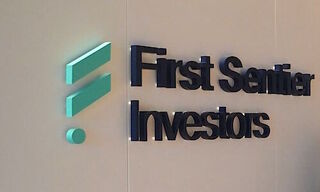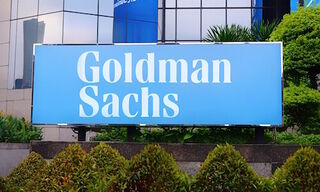Global Financial Infrastructure Entering a New Era
The financial world is undergoing a fundamental shift. A new report by Ripple, a provider of digital asset infrastructure for financial institutions, and Boston Consulting Group projects the market for tokenized real-world assets to grow above average.
According to a report launched on Tuesday, the market will grow from $0.6 trillion today to $18.9 trillion by 2033 ($9.4 trillion by 2030), with a CAGR of 53 percent. «Tokenization transforms financial assets into programmable, interoperable tools, recorded on shared digital ledgers. This enables 24/7 transactions, fractional ownership, and automated compliance.»
The report compiled by Ripple and the Boston Consulting Group (BCG) outlines a «three-phase» evolution:
- Phase 1: Low-Risk Adoption – Institutions tokenize familiar instruments like money market funds and bonds.
- Phase 2: Institutional Expansion – Scaling into complex assets such as private credit and real estate.
- Phase 3: Market Transformation – Tokenization becomes embedded in financial and non-financial products.
Early adopters like Blackrock, Fidelity, and J.P. Morgan are already operational. «The market is transitioning from tokenized assets simply sitting on-chain to integrating into real economic activity,» Markus Infanger, SVP of RippleX, said.
Key Growth Enablers
- Regulatory clarity in markets like the EU, UAE, and Switzerland is largely established and is also expected soon in the US.
- Mature tech infrastructure including wallets and custody platforms.
- Strategic investments by banks and fintech M&A.
A «flywheel effect» is driving adoption, where institutional supply and investor demand reinforce each other. Challenges like infrastructure fragmentation and regulatory divergence persist, but collaborative efforts on standards and infrastructure are helping to overcome them.



























